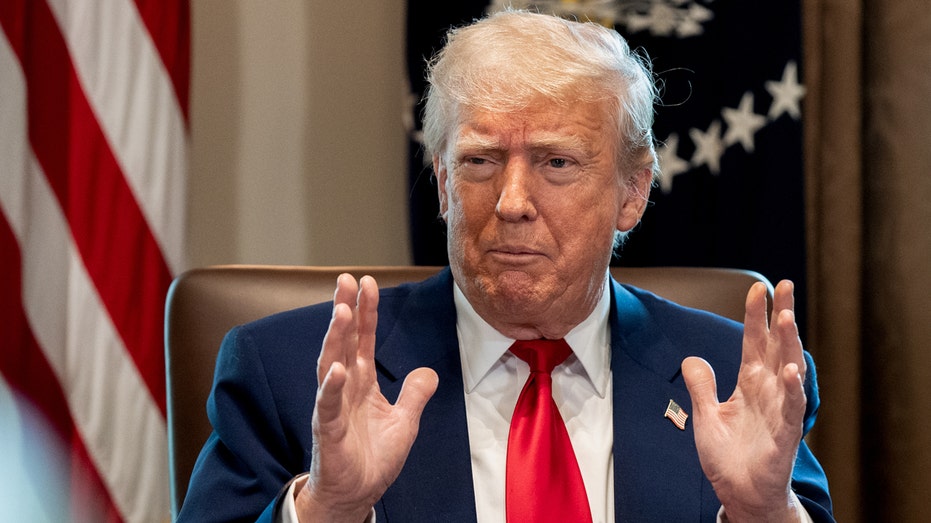Experts Warn Trump's Tariff Strategy Could Cover Tax Bill Only If Implementation Holds, Analysts Say
CBO reports Trump’s tariffs may shrink the deficit by $2.8 trillion, but experts warn the revenue may not be sustainable amidst conflicting fiscal impacts.

The ongoing debate in Washington over President Donald Trump’s sweeping tariffs and their connection to his ambitious tax legislation has taken center stage once again, as lawmakers grapple with the fiscal impact of extending the administration’s signature tax policies. With Senate Republicans working to reshape what the president describes as his “big, beautiful bill,” questions continue to swirl around whether the proposed tariffs will actually offset the enormous cost of the package.
The financial stakes are high. Current estimates place the tax portion of the bill at roughly $4 trillion, a figure that dwarfs previous federal undertakings. Factoring in spending cuts and other revenue adjustments, a recent Congressional Budget Office (CBO) analysis projects that the overall legislative plan would nonetheless add $2.4 trillion to the federal deficit over the next decade. This assessment has further complicated negotiations, especially with the nation’s debt now topping $36 trillion—up sharply from the $20 trillion mark just eight years ago when Republicans first implemented Trump’s original tax package.
A significant point of contention arises from the CBO’s assertion that Trump’s tariffs could reduce the deficit by $2.8 trillion if made permanent. While the White House and some congressional Republicans tout these numbers as evidence of fiscal responsibility, some tax and economic experts remain skeptical. They caution that the administration’s approach to tariffs has been inconsistent, creating uncertainty about whether these projected revenues would actually materialize.
“The administration is a little bit inconsistent about whether they view tariffs as purely a revenue source versus essentially a negotiating tool,” commented Joe Rosenberg, a senior fellow at the Urban-Brookings Tax Policy Center. He emphasized that if tariff policy fluctuates—as it has in recent years—the expected fiscal benefits could evaporate, leaving the federal balance sheet in a worse position.
Moreover, the CBO’s report warns that while tariffs might reduce the deficit on paper, the broader economy could suffer. According to their projections, household wealth would decline and economic growth could slow each year for the next decade, as the cost of tariffs trickles down to consumers and businesses alike. Tad Dehaven, a policy analyst at the Cato Institute, called into question the realism of relying on tariffs as a long-term solution, noting that they are not only subject to legal challenges but also represent a form of tax increase that could undercut whatever relief taxpayers might have gained through cuts elsewhere.
Business groups and economic analysts are particularly concerned about the potential effects on American households and Main Street enterprises. Some argue that while the wealthiest stand to benefit from permanent tax relief, many families and small businesses could face higher costs due to tariffs, effectively negating the intended stimulus of the package.
Not all conservatives, however, are convinced by the CBO’s numbers or the criticism leveled against the administration’s tax vision. Mike Palicz, director of tax policy at Americans for Tax Reform, dismissed the agency’s scorekeeping as out of touch with economic realities. He insisted that the primary objective should be to prevent an automatic tax increase if Trump-era tax cuts are allowed to expire, reiterating that deficit reduction should not come at the expense of raising taxes on hardworking Americans.
As Senate Republicans continue to negotiate the details, the debate underscores the complicated trade-offs inherent in major federal tax and fiscal policy. The path forward will likely hinge on whether lawmakers can find consensus around a plan that secures both economic growth and fiscal stability—while confronting the mounting pressures of ballooning national debt and a shifting global economy.




